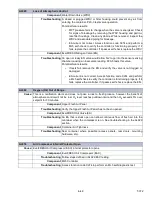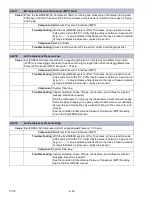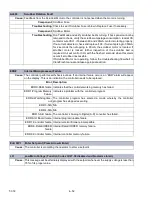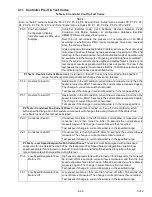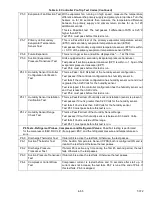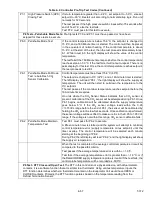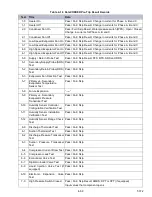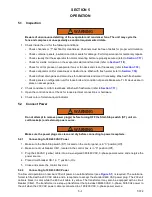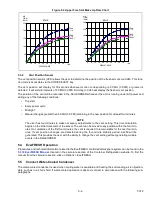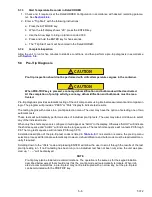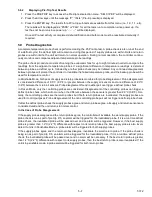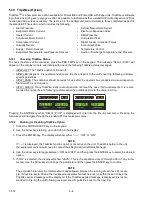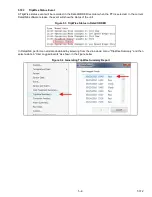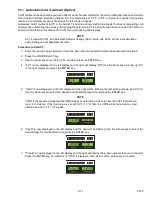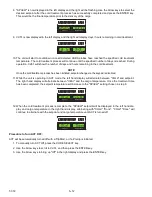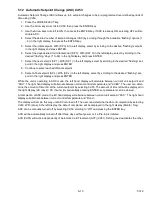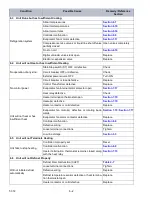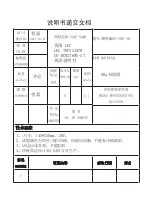
5–1
T-372
SECTION 5
OPERATION
5.1 Inspection
WARNING
!
Beware of unannounced starting of the evaporator and condenser fans. The unit may cycle the
fans and compress or unexpectedly as control requirements dictate.
1. Check inside the unit for the following conditions:
• Check channels or “T” bar floor for cleanliness. Channels must be free of debris for proper air circulation.
• Check container panels, insulation and door seals for damage. Perform permanent or temporary repairs.
• Check visually that the evaporator fan motor mounting bolts are properly secured (refer to
).
• Check for visible corrosion on the evaporator stator and fan deck (refer to
).
• Check for dirt or grease on evaporator fans or fan deck and clean if necessary (refer to
).
• Check evaporator coil for cleanliness or obstructions. Wash with fresh water (refer to
).
• Check defrost drain pans and drain lines for obstructions and clear if necessary. Wash with fresh water.
• Check panels on refrigeration unit for loose bolts and condition of panels. Make sure T.I.R. devices are in
place on access panels.
2. Check condenser coil for cleanliness. Wash with fresh water (refer to
).
3. Open the control box door. Check for loose electrical connections or hardware.
4. Check color of moisture-liquid indicator.
5.2 Connect Power
WARNING
!
Do not attempt to remove power plug(s) before turning OFF the Start-Stop switch (ST), unit cir
-
cuit breaker(s) and external power source.
WARNING
!
Make sure the power plugs are clean and dry before connecting to power receptacle.
5.2.1
Connecting to 380/460 VAC Power
1. Make sure the Start-Stop switch (ST), located on the control panel, is in “0” position (Off).
2. Make sure circuit breaker CB-1, located in the control box, is in “0” position (Off).
3. Plug the 460 VAC (yellow) cable into a de-energized 380/460 VAC, 3-phase power source and energize the
power source.
4. Place circuit breaker CB-1 in “I” position (On).
5. Close and secure the control box door.
5.2.2
Connecting to 190/230 VAC Power
To allow unit operation on nominal 230 volt power, an autotransformer (see
) is required. The autotrans
-
former is fitted with a 230 VAC cable and a receptacle to accept the standard 460 VAC power plug. The 230 volt
cable is black in color while the 460 volt cable is yellow. The transformer may also be equipped with a circuit
breaker (CB-2). The transformer is a step-up transformer that provides 380/460 VAC, 3-phase, 50/60 Hz power to
the unit when the 230 VAC power cable is connected to a 190/230 VAC, 3-phase power source.



